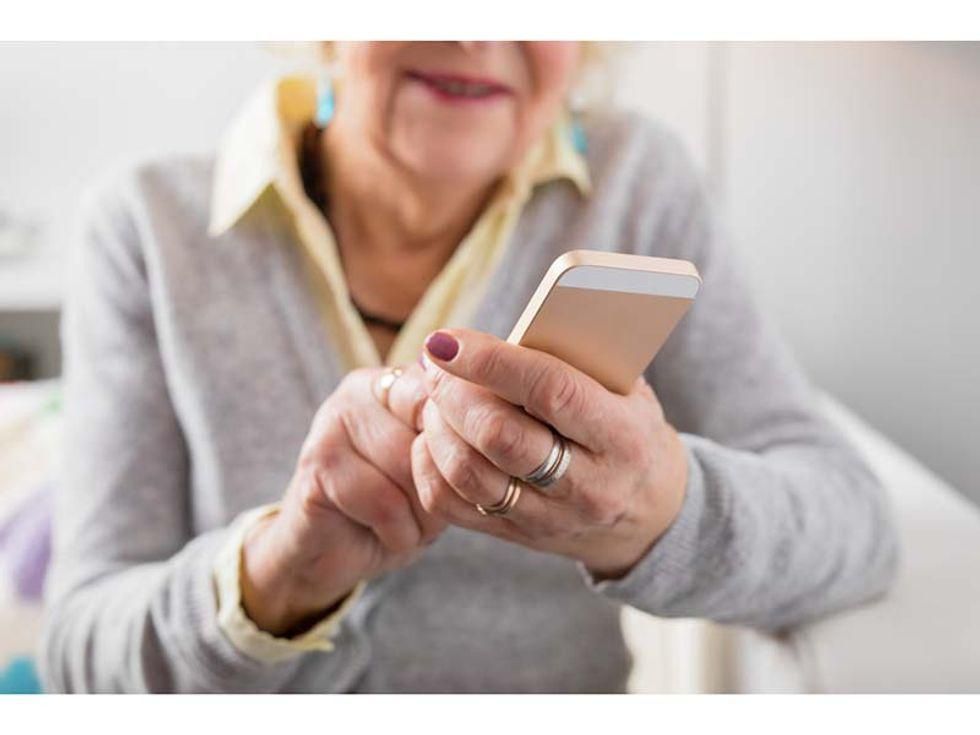
When it comes to taking your blood pressure at home, smart devices with lots of bells and whistles are no better than old-school monitors, which happen to cost much less.
This is the main finding of a new study that compared high-tech devices that link to your smartphone and provide other useful health information with basic cuffs that display blood pressure only.
“I was surprised,” said study author Dr. Mark Pletcher, a professor of epidemiology and biostatistics at the University of California, San Francisco. “I thought there would be some added value if patients could see their measurements on the app and get feedback and reminders.”
While both types of devices fared equally well for blood pressure control, the newer devices are pricier and take time to set up. They can cost up to $100, compared with $50 or $60 for more basic models, he said.
For the study, more than 2,000 people with high blood pressure used either device for six months. In both groups, the average drop in systolic pressure was about 11 mm Hg. Systolic pressure, the upper number in a blood pressure reading, indicates how much pressure your blood is exerting against your arteries when it beats.
Most participants were satisfied with whatever device they were given, the study authors noted.
So, what does make a difference when using a home blood pressure device?
“Having clinical staff or care managers that teach you how to use the device helps,” Pletcher said. In the new study, the researchers didn’t teach people how to use the devices.
His advice for folks who are starting to monitor their blood pressure at home is to check it a couple of times a day for five days. Record the readings so you get a sense of your usual blood pressure. Together with your doctor, you can see if your current treatment is working or needs to be tweaked based on these numbers, Pletcher said.
Left untreated or undertreated, high blood pressure can increase risk for heart disease and stroke, but experts say fewer than half of patients with the condition have it under control.
“If someone has a Bluetooth-enabled cuff and app that they are using, there’s nothing wrong. They work just fine,” Pletcher said.
His team is now looking at new wearable technology that measures blood pressure over time without any effort.
The new study was published online Aug. 15 in JAMA Internal Medicine.
Dr. George Bakris, director of the Comprehensive Hypertension Center at the University of Chicago, was pleased by the findings.
“The apps are here whether we like it or not, but I do prefer old school [blood pressure monitors],” he said after reviewing the findings.
“Patients need to know how to measure blood pressure and have it explained to them,” Bakris said. “Home blood pressure is as good if not better than [taking it in the] office if measured correctly and in the morning.”
What’s more, taking blood pressure at home also eliminates “white-coat hypertension” — blood pressure spikes that occur in the presence of a doctor.
More information
The American Heart Association offers tips on how to measure blood pressure at home.
SOURCES: Mark Pletcher, MD, MPH, professor, epidemiology and biostatistics, University of California, San Francisco; George Bakris, MD, director, University of Chicago Medicine Comprehensive Hypertension Center, and professor, medicine; JAMA Internal Medicine, Aug. 15, 2022, online
Source: HealthDay
Copyright © 2024 HealthDay. All rights reserved.

Leave a Reply